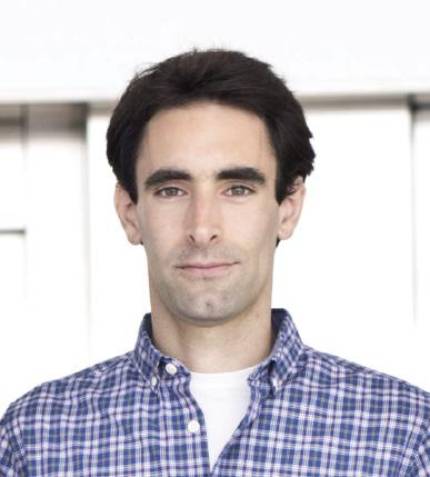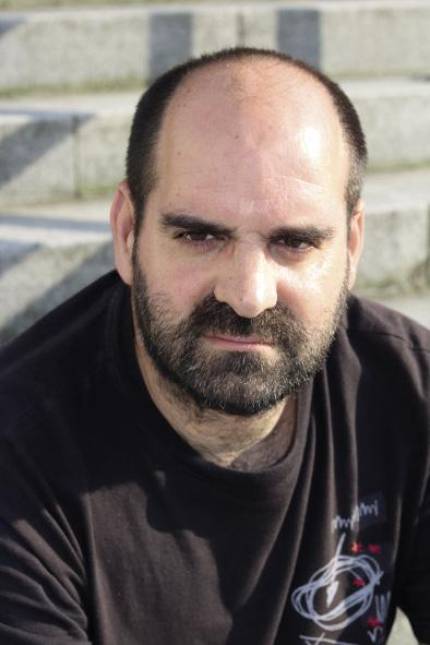New windows to the universe

“Gentlemen, we have detected gravitational waves. We’ve done it!”, announced LIGO Executive Director David Reitze in February 2016, the press conference to communicate the discovery. “We needed months to know they were really gravitational waves, but the most exciting thing is right now. We are opening a window to the universe.”
It refers to the most important window that has opened in recent years. “Conceptually it’s a completely new window,” says ESO astrophysicist Miguel Querejeta, “among other things because he proved that outside the electromagnetic spectrum it is possible to investigate astronomy.”
For the first time they managed to detect gravitational waves at the LIGO observatory (United States). The waves announced by Einstein one hundred years earlier were live measurements for the first time. It was little to affirm Einstein's theory, but that discovery was much more. “Technologically, it has been a huge achievement,” says UPV-EHU cosmologist Jon Urrestilla Urizabal, “which measures [deformation produced by gravitational waves in the arms of the interferometer] 10,000 times less than a proton. And when we measure something so small, we are measuring the dance performed by two black holes very far away when merging.”
That was the first show seen from that window: the clash between two black holes. “It was thought that the first to be seen would be neutron stars. We thought there were many more neutron stars than black holes, and the first four detections were the blackest,” explains Urrestilla. “In addition, masses of these untypical black holes were measured. So now we have to think about why there are more black holes than we think and how those black holes are created.”
Looking through several windows
On 17 August 2017 came the turn of neutron stars. This is the fifth time gravitational waves were detected and detected in LIGO and VIRGO (Italy), recently launched. In addition, from other windows the shock of neutron stars could be observed. At 1.7 seconds after the arrival of gravitational waves came gamma rays, followed by x-rays, ultraviolet, optical, infrared and radio waves. “This was impressive,” says Urrestilla, “bringing to us gravitational and electromagnetic waves from the same process that we saw for the first time.”
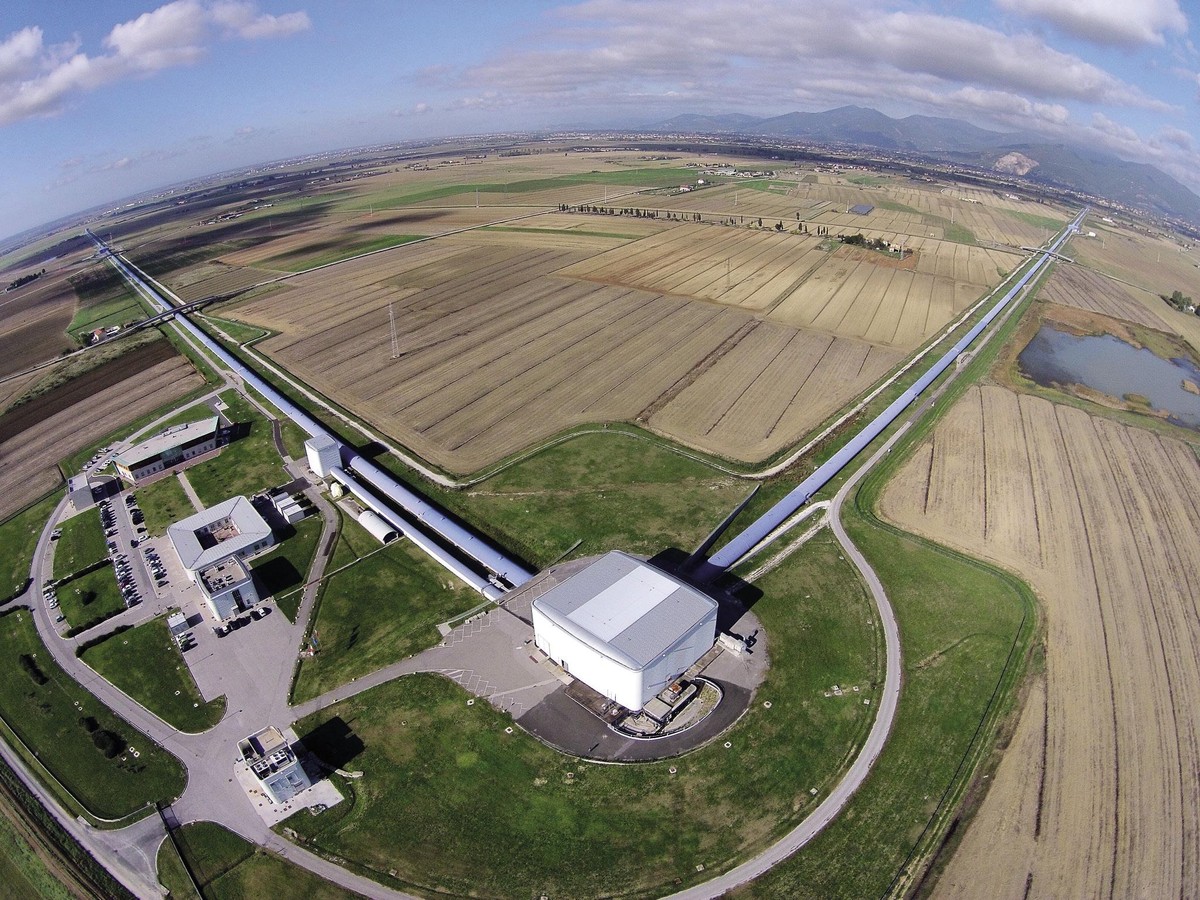
This remark reasoned Einstein. And there are theories that propose to change Einstein's theory, theories f(R), to try to explain energy and dark matter, among others. Many of these theories predict that gravitational waves and light are different speeds. According to Einstein they are equal. For that observation showed that Einstein was right. “Therefore, these theories f(R) do not serve; it has become clear that the way to understand matter and dark energy is not that,” explains Urrestilla.
On the other hand, “to understand what happens in a collision of neutron stars, in addition to Einstein’s theories, high energy physics is necessary”, added the cosmologist. And in this case also the foreseen has been fulfilled: “The drills said that a clash between two high-density stars would take a while to remove gamma rays, and precisely with the expected time difference came gravitational waves and gamma rays. Gravitational waves have reasoned Einstein and high-energy physics.”
Querejeta fully agrees with the importance of this observation, highlighting two important results he has given: “On the one hand, gamma-ray explosions were a mystery, we didn’t know what physical phenomena they produced, especially small gamma-ray explosions. And this confirms that it produces collisions of two neutron stars. On the other hand, we thought that the process of synthesis of certain heavy elements (R process) was produced in supernodes, but this has shown that most occurs in the collision of neutron stars.”
The first looks from the gravitational wave window have yielded important results, but almost everything can be uncovered. You will also have to learn how to look from this window. “We don’t know what we can find,” says Querejeta, “we can expect it not to be expected.” Urrestilla also believes: “I’m sure we’ll see new things we don’t imagine.”
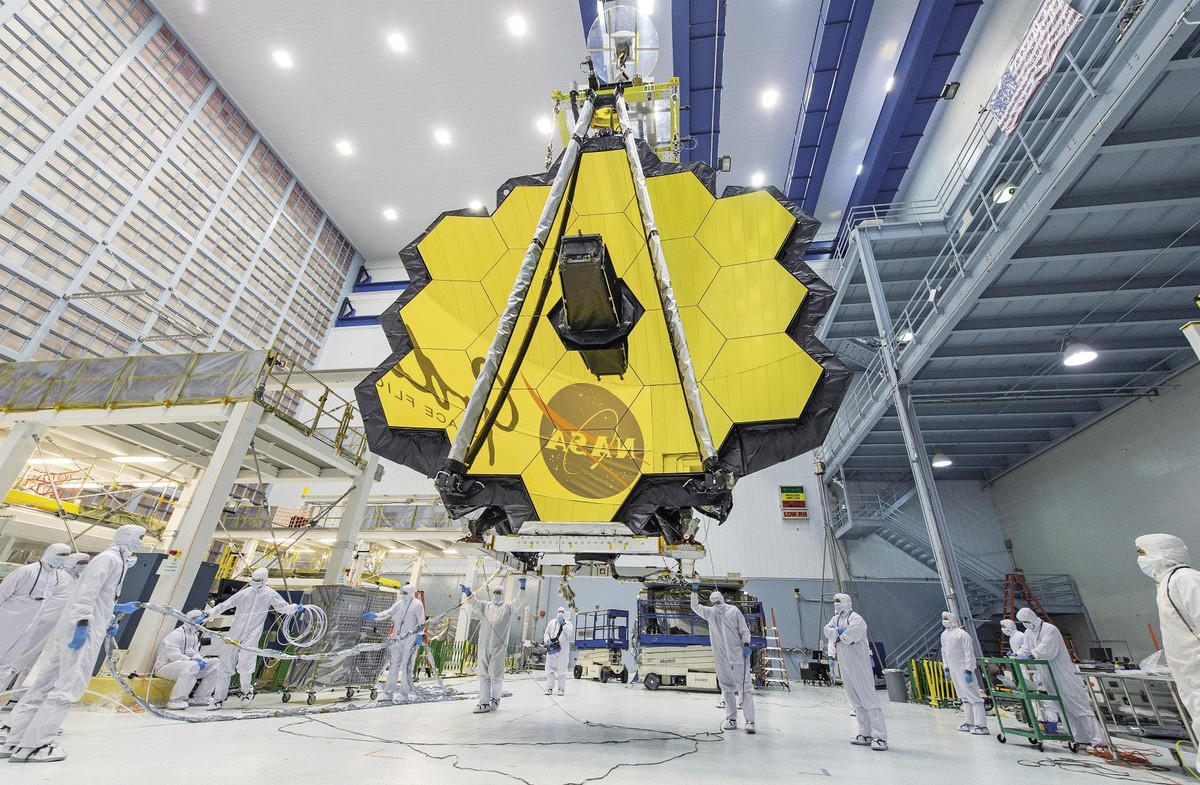
Improving existing windows
Gravitational waves are not the only window that will show us new things. For example, Querejeta's preferred window is ALMA: “Since I started in astronomy I have worked with radio waves, and in that sense ALMA is a unique window. Right now I am working with the data taken by EUSKALTEL and they are really excellent data”.
ALMA, located in the Atacama Desert (Chile) at 5,000 meters high, is a radio telescope with 66 antennas. It started in 2011 with a few antennas, but a couple of years ago they launched the entire range of antennas. Before the ALMA, the largest telescope operating at these wavelengths was the NOEMA (Plateau de Bure, France), with 7 antennas. “There’s a lot of difference,” says Querejeta, “it’s much more accurate, and we can analyze far more distant objects.”
Detects gas and dust. On the one hand, it can detect galaxies and quasars very far away and, on the other, analyze with great precision the protoplane discs or nebulae in which stars are born. “The birth process of stars is one of the most important unanswered questions in astrophysics,” recalls Querejeta. “That’s why we expect important results. He has already given some, for example, he has directly detected the accretion disk surrounding a star and the planets being created there.”
In the field of radio waves there is another very spectacular window. In southeastern China, the summer of 2016 ended the FAST radio telescope, the largest satellite antenna in the world. It has a diameter of 500 m and a height of 140 m. To avoid interference, 9,000 inhabitants of the area had to leave. In this case, however, it is possible that the window itself is more visible than the one that will be seen from there. This is what Querejeta believes: “FAST is superlative, as it is larger than the monster of Arecibo [it has 300 m that of Arecibo]. It may be helpful, but I find it difficult for there to be great revolutions. In short, the VLA interferometer, for example, achieves greater accuracy at the same wavelengths.”
From a much smaller and simpler window, last February a spectacular result was obtained in the EDGES project. With a radio telescope the size of a coffee table installed in the Australian desert they managed to receive the signal from the first stars. At 180 million years of Big Bang, a signal given by hydrogen atoms, he showed that the first stars were created for that time and that the universe was much colder than expected. “It’s an ingenious idea and they’ve got a really nice result,” says Querejeta.
Open
Another of the windows that Querejeta has built but that needs to be placed in place is: “The James Webb Space Telescope (JWST) is NASA’s ultimate treasure.” Although this year was going to be underway, the release has been delayed, but everything is ready. “I am sure that from the moment of its launch it will begin to make interesting observations.” Works in the infrared with a large detection capacity. On the one hand, it is a matter of analyzing the birth of stars and planets, since nebulae and protoplane discs are filled with dust, and dust when heated emits most of the energy in infrared waves. On the other hand, the visible and ultraviolet light emitted by very distant galaxies reaches us in the infrared (by Doppler effect), which will allow to see the young universe. “You can see galaxies created when the universe was about a billion years old,” explains Querejeta.
And between the windows under construction there are two other highlights, according to Querejeta: “On the one hand, the SKA interferometer, able to see the atomic gas, and on the other, the ELT, which will work in visible wave, four times larger than the largest telescope of this type today.”
Urrestilla dreams of another window that still needs a lot to be built, LISA. The LISA interferometer is a project of ESA and NASA that, like LIGO and VIRGO, would detect gravitational waves but at another frequency. In fact, just as in electromagnetic waves we have ultraviolet, visible, infrared, etc., gravitational waves are also frequent. The interferometers we have now can only detect gravitational waves with their arms of three or four kilometers.
LISA would consist of three discoidal spacecraft that would be placed in space. The three discs, forming an equilateral triangle, would be 2.5 million kilometers between them, and by sending laser beams would measure this distance with great precision, detecting the change produced by gravitational waves. It is a great technological challenge. “It’s difficult, but the experiment advances,” explains Urrestilla, “and ESA has already put one of those albums, LISA Pathfinder, into orbit to test the technology. And within 20-30 years LISA is expected to be in orbit.”
Looking further and further
LISA would detect the gravitational waves generated in inflation. “It would be an immense window for cosmology because we would see what the initial universe was like,” says Urrestilla.
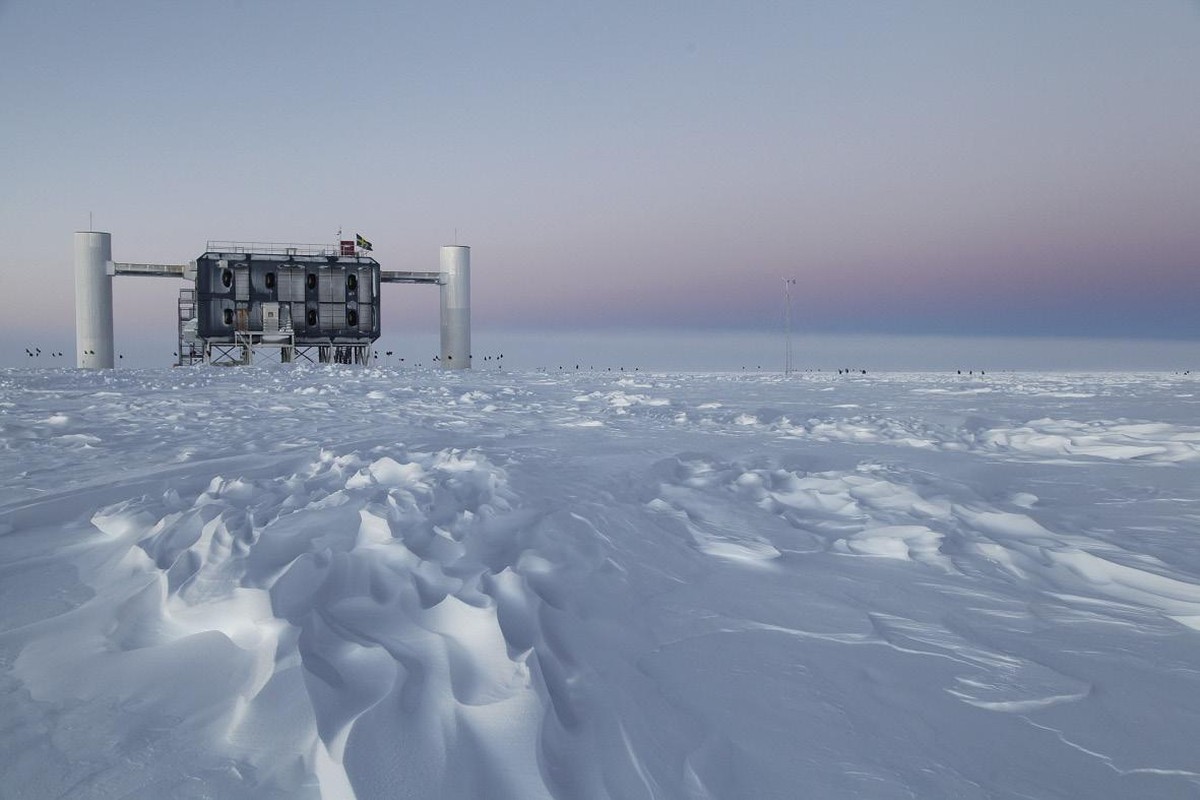
It can only be seen so far from the gravitational wave window. In fact, the universe at first was free of all electrons and photons, constantly colliding with each other. In this situation, photons could make a very short path, so it is not possible for the photons of that time (electromagnetic waves) to reach us. However, when the universe was about 300,000 years old, the electrons were trapped in atoms, and then the photons went straight. We detected the photons of the time as microwave background radiation. We cannot see the previous photons but we can see the gravitational waves.
And among them are neutrinos. Like photons, in the beginning neutrinos could not escape either, but there comes a time when neutrinos begin to escape, and that is what happens long before photons. “The neutrino window is also very interesting,” says Urrestilla, “just as we have microwave background radiation, there would be a neutrino background, but long before.”
The problem is that detecting neutrinos is very difficult because they hardly have interaction with matter. “That’s the advantage and disadvantage of neutrinos,” says Urrestilla. The advantage is that they can leave directly from the source and travel for millions of years of light without deviating, and the disadvantage is that they do not interact with our devices and are therefore very difficult to detect.
However, although rarely, neutrinos sometimes collide with an atom. Neutral jeans, like the IceCube Observatory at the South Pole, take advantage of this. IceCube is a network immersed in ice, composed of 5,000 light sensors and a surface of one square kilometer. These sensors detect the light emitted by colliding a neutrino with an ice atom. It detects very few neutrinos, but last July some important observations were made known: Some high-energy neutrinos arrived at IceCube knew they came from a galaxy located 3.7 billion light-years away. It seems that a new window with neutrinos has begun to open.



